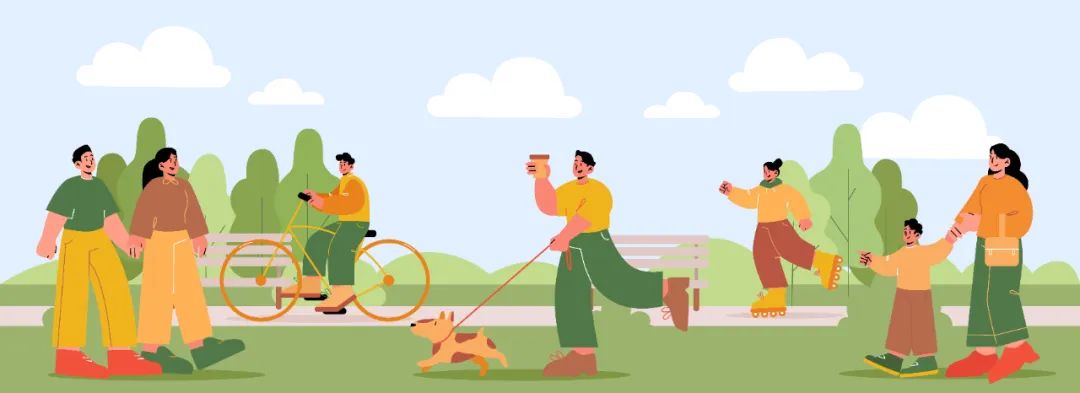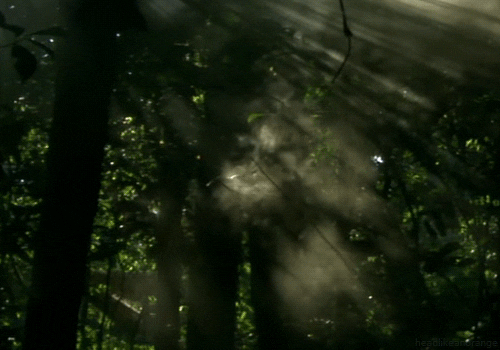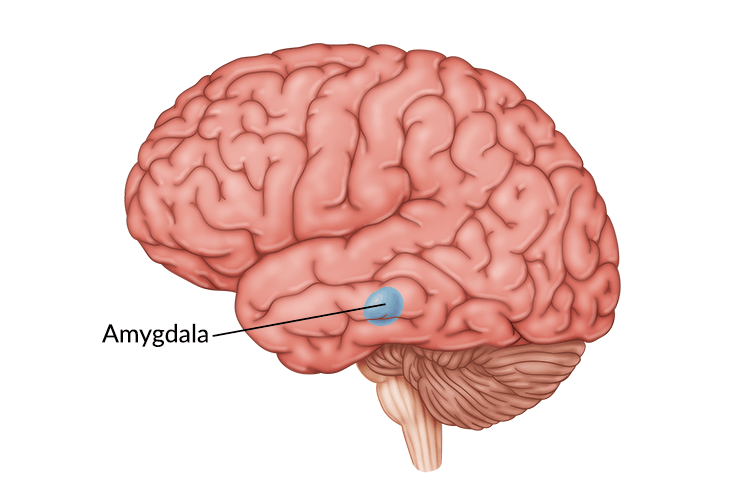Doing this can shrink your almond core
Author:Cool brain Time:2022.09.25


Via: freepik
The following is the audio of the full text of Miss Sister
Author | Sebastian OCKLENBURG
Translation | Ma Wenjin
Grade -Cool Brain Creative
Reading | Hu En
Artist | Jenny
Edit | yj
What can we do when I feel stressful? Stroll in the woods, you may be less tired.
Urban life is very nervous. Psychological studies have shown that compared with people living in the countryside, people living in cities may have higher risk of depression, anxiety and schizophrenia. Many people feel that walking and intimate contact with nature can relieve stress and calm. So, how does this process affect our brain?

Via: giphy
A new study published in "Molecular Psychiatry" is for this problem. Sonja Sudimac and others have studied how different the brain pressure -related areas are strolling in the natural environment compared with walking in the urban environment for an hour.
Researchers used functional magnetic resonance imaging (FMRI) to detect the brain activation of 63 healthy volunteers. These 63 volunteers were divided into two groups: one group walked on the streets of Berlin's car, and the other was walking in the woods. 63 volunteers need to complete two tasks before and after walking to activate the brain and use FMRI for evaluation.

Via: giphy
The first is the "Fear Facial Mission", which aims to activate the brain network related to anxiety. The task requires volunteers to lie in the magnetic resonance scanner to watch the fear and neutral expressions of the expression.
The second is the "Social Stress Mission", which aims to activate the brain network related to stress. In this task, volunteers need to solve some complex mathematics problems that exceed their ability. The higher average score comparison, when they see their scores lower than this so -called "average value", they feel that they perform badly, resulting in stress and frustration.
For volunteers walking in the urban environment for an hour, the result of magnetic resonance scanning shows that the activation of fear and stress -related brain networks has not changed before and after walking. In contrast, for the volunteer group who walks for an hour in nature, after walking, when they complete the two tasks, they all show the reduction of the activation of a specific area of the brain: almond core, especially the almond on the right side nuclear.

Via: almond core
Apricot nucleus is a set of neuron nuclear groups in the cerebral temporal lobe, which is a key structure for dealing with fear and pressure. When people feel stressful, the brain network driven by almond nucleus will be significantly activated. Therefore, after walking in nature, the activation of the almond nuclear reduction in this discovery allows scientists to conclude that walking in nature can help us recover from the negative effects of pressure.
This discovery is of great significance because it shows that intimate contact with nature may have a protective effect on the development of psychological obstacles, because stress is usually the main factors of these psychological disorders.
So, what can we do when we feel a lot of pressure next time? Stroll in the woods, you may be less tired.

Via: giphy
Reference (click slide to view)
SUDIMAC S, Sale V, Kühn S. (2022). How nature nurtures: amygdala activity decreases as the result of a one-haour walk in nature.


Cool brain long -term collection of brain science and psychological articles, welcome to submit
Please submit a mailbox: [email protected]
Click here, let friends know that you love brain science
- END -
Simpling teachers gathered together "clouds"!The establishment of an innovation alliance for the construction of the "Dasi Political Course" of the National Vocational College

On June 12, the National Vocational College Dasi Political Course Construction Inn...
Enshi, Hubei: Tourist Falling Incident of Di Xingu Scenic Area

Notice on the Tourist Falling incident on Di Xingu Scenic AreaAt around 15:50 on J...